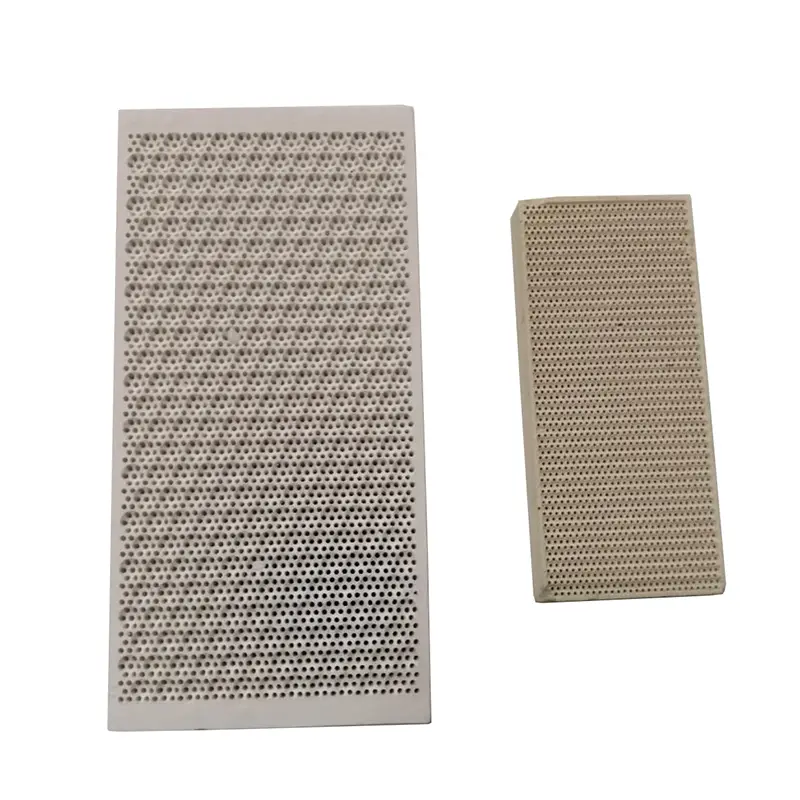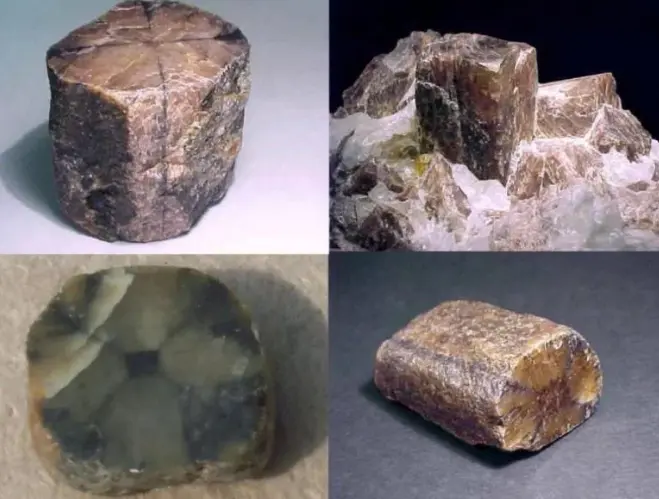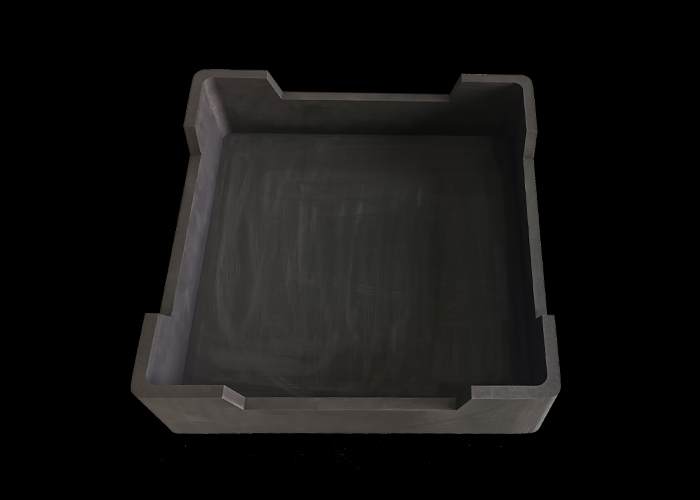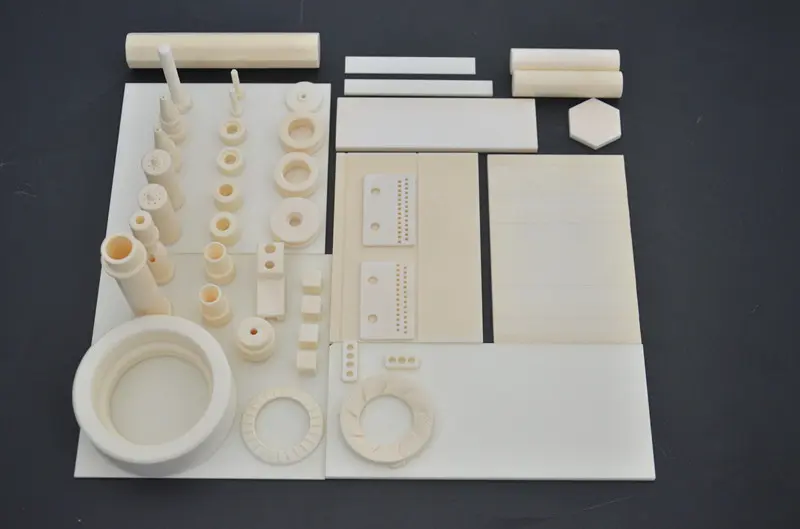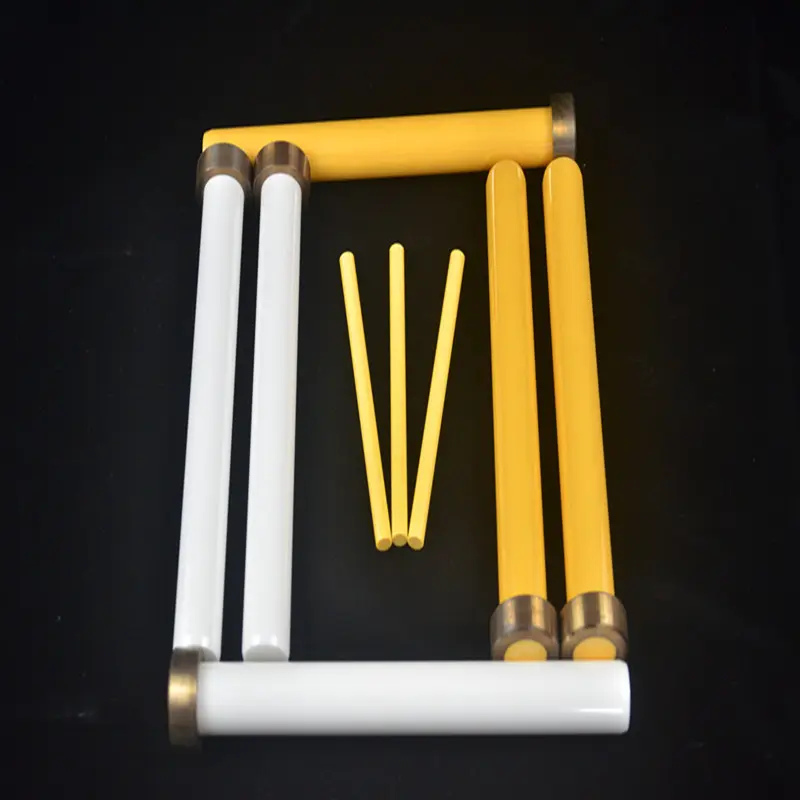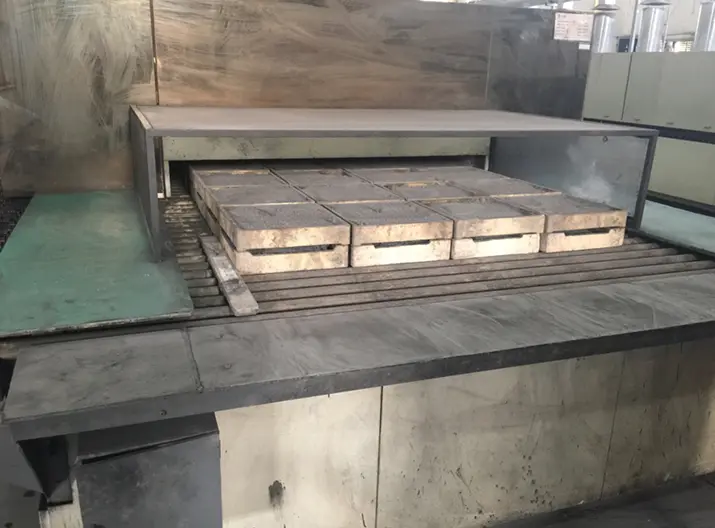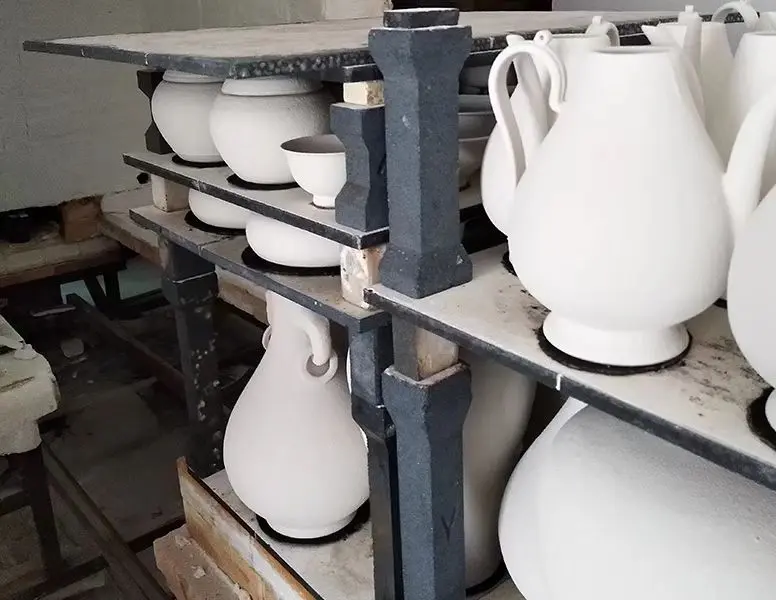The Development and Future Prospects of Powder Metallurgy
Historically, powder metallurgy dates back to ancient times when artisans used metal powders to create tools and ornaments. However, it wasn’t until the 20th century that the process began to evolve into a sophisticated manufacturing technique. The development of new materials, such as high-performance alloys and advanced ceramics, has expanded the applications of PM beyond traditional uses. Today, powder metallurgy is widely employed in the automotive, aerospace, medical, and electronics industries, among others.
One of the key advantages of powder metallurgy is its ability to produce complex shapes with high precision. This is particularly beneficial in industries where intricate designs are essential, such as in the production of gears, bearings, and other components that require tight tolerances. Additionally, PM allows for the efficient use of materials, minimizing waste and reducing the environmental impact of manufacturing processes. As sustainability becomes a more pressing concern, the ability to recycle metal powders and reduce scrap rates will further enhance the appeal of powder metallurgy.
The development of advanced powder production techniques, such as gas atomization and mechanical milling, has also contributed to the growth of the PM industry. These methods enable the production of finer and more uniform powders, which can lead to improved mechanical properties in the final products. Furthermore, the integration of additive manufacturing technologies with powder metallurgy is opening new avenues for innovation. Techniques like selective laser sintering (SLS) and binder jetting are allowing for the creation of highly customized components that were previously impossible to manufacture using traditional methods.
Looking ahead, the future prospects of powder metallurgy are bright. As industries continue to seek lightweight and high-strength materials, PM is poised to play a crucial role in meeting these demands. The automotive sector, for instance, is increasingly adopting PM for the production of lightweight components that enhance fuel efficiency and reduce emissions. Similarly, the aerospace industry is exploring the use of PM for critical components that require exceptional strength-to-weight ratios.
Moreover, the ongoing research and development in the field of powder metallurgy are likely to yield new materials and processes that further enhance the capabilities of this manufacturing technique. Innovations in nanotechnology and the development of new alloy systems could lead to the creation of materials with unprecedented properties, opening up new applications in various fields.
In conclusion, powder metallurgy has come a long way since its inception, evolving into a vital manufacturing process with a wide range of applications. The advantages of PM, including its ability to produce complex shapes, minimize waste, and enable the use of advanced materials, position it well for future growth. As industries continue to prioritize sustainability and efficiency, the development and future prospects of powder metallurgy are set to flourish, making it an exciting area to watch in the coming years.


